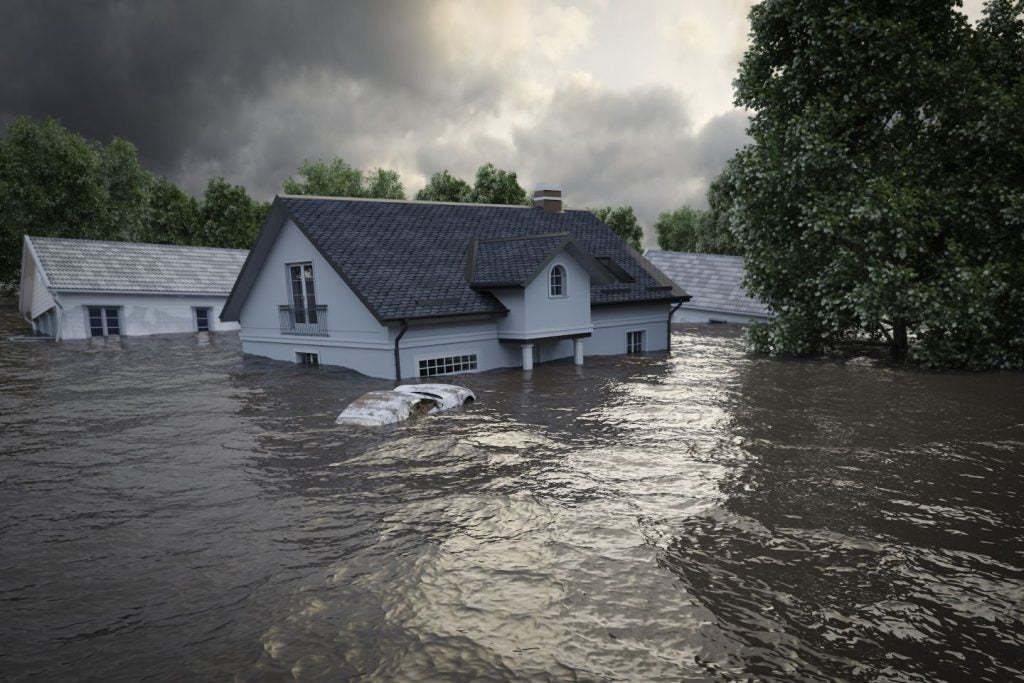
Road accidents continue to be at worryingly high levels. According to Government figures, there were 24,470 people killed or seriously injured as a result of road traffic accidents in 2020. For vehicle insurers, determining the risk when providing vehicle cover to customers can be a challenge, with most providers relying on location of cover, driver demographic and credit score. Simon Thompson, head of data science at GFT, discusses how vehicle insurance can harness satellite imagery and data in the risk analysis process
One difficulty with these metrics, is the reliability of the data that underpins these assessments. Information on accident records and local road networks can be outdated, meaning insurers are having to navigate often incorrect information when providing vehicle cover. This sometimes results in errors with underinsurance, misrepresentation and non-disclosure, highlighting the need for better risk analysis.
Outdated information and methods for risk estimation have an effect on both the customer and insurance provider, increasing the risk of customers paying too much and insurers providing themselves with too little or too much cover.
With advances happening all the time in technology, there are new options available to insurance companies to support risk scoring analysis for vehicles. One such example is the use of satellite data.
At GFT, we have been conducting research into the use of satellite data for vehicle insurance. We found that modern satellites have the ability to reach a scale resolution of up to 30cm/sq area, meaning the images captured are incredibly accurate and detailed, providing insurers with more enhanced, detailed and up-to-date imagery. By using modern machine learning techniques, we are able to use this data to create estimates of the latent risks over arbitrary parts of the road network. There is an obvious benefit to using satellite data when estimating the risk of accidents, as insurers are able to see the most up to date road network at the time of assessment as well as any changes to local infrastructure that may affect the security and safety of a customer’s location.
These changes can be brought into risk calculations before accident rates are directly impacted. Indeed, the sparsity of accidents and the large impact of road safety improvement schemes can mean that evidence that the latent risk of an area has changed can take many years to emerge. Satellite data and machine learning can be used to fill in the gaps in our understanding of the risks of little-used and newly-created parts of the road network.
How well do you really know your competitors?
Access the most comprehensive Company Profiles on the market, powered by GlobalData. Save hours of research. Gain competitive edge.

Thank you!
Your download email will arrive shortly
Not ready to buy yet? Download a free sample
We are confident about the unique quality of our Company Profiles. However, we want you to make the most beneficial decision for your business, so we offer a free sample that you can download by submitting the below form
By GlobalDataThe vehicle insurance market won’t be the first to make use of satellite data. Home insurers have been utilising it to quickly assess damage following a claim, as well as using it to determine the risk of extreme weather like hurricanes on areas. Meanwhile, insurers for the agricultural industry have been making use of this data for several years to monitor environmental changes and crop yields across larger areas. The novelty of applying satellite data to vehicle insurance lies not in using the direct evidence of changes, but rather in inferring the impact of those changes on the safety and utilisation of the road network.
Excitingly, this also holds out the prospect of local authorities using the same technology to assess the impact and investment yield of road schemes. Using low cost simulation and machine learning can mean that schemes that would never have been contemplated using old processes can get selected and implemented.
As the use of satellite data has grown, so too has its availability, bringing down its cost which has made it much more accessible for insurance companies to invest in. It is already being made available for insurance use by space agencies globally, including NASA, ESA and the UK Space Agency. Under the Copernicus program, created by the European Space Agency, data sets are being made available to the insurance industry to track atmospheric changes, and the UK Space Agency recently launched the £30 million International Partnership Programme, designed to attract and grow foreign investment in the insurance sector.
With other sectors of insurance harnessing satellite data and updating processes, it is time for the vehicle insurance market to follow suit and make the most of what the data satellite providers can offer. Coupled with modern machine learning and AI, this will benefit both the insurance providers and the customers.







